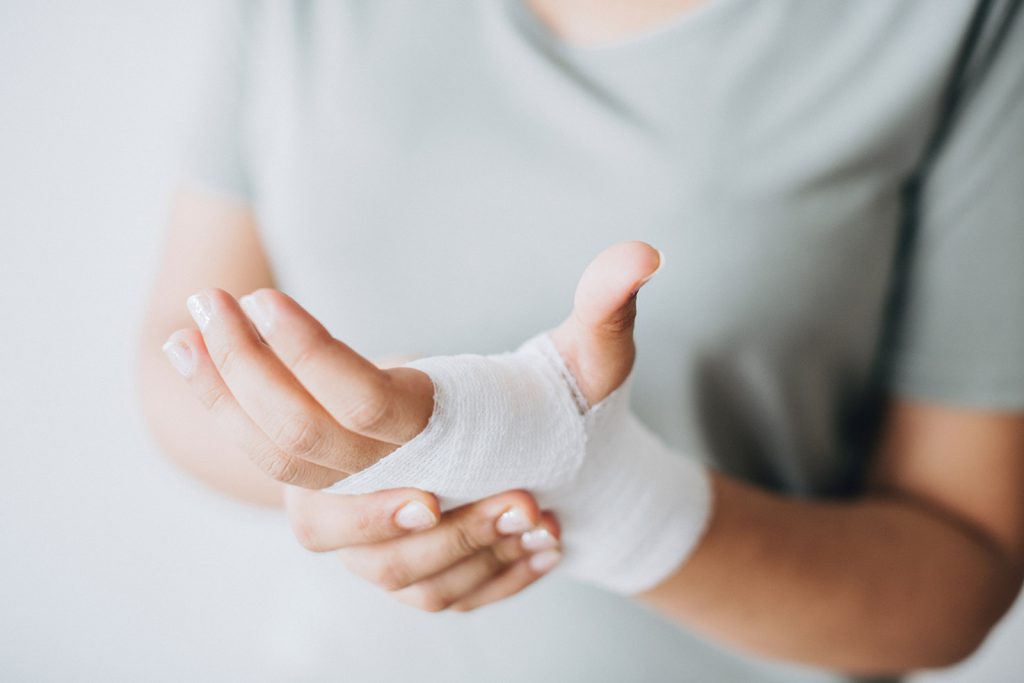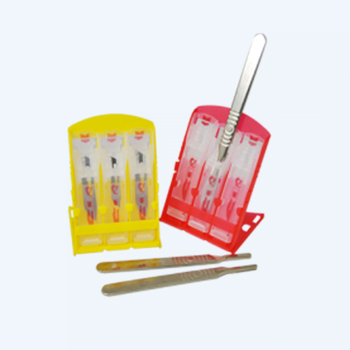Scalpel injuries, often categorized under the broader umbrella of sharps injuries, represent a significant and persistent occupational hazard within the medical field. Despite advancements in safety protocols and
Featured Products
Blog


Odelle Technology Podcast with Dr Michael Sinnott
Dr. Michael Sinnott, an emergency physician and the co-founder of Qlicksmart, recently discussed the critical issue of sharps safety in healthcare. In a compelling podcast with Odelle Technology,

Updated Sharps Safety Guidelines
The Association of periOperative Registered Nurses (AORN) have recently updated the guidelines for sharps safety. Due to the high-risk environment for exposure to bloodborne pathogens in perioperative settings,

Are Ampoule Injuries Impacting the Safety in Your HealthCare Facility?
While needlestick and scalpel injuries often take centre stage, a silent threat persists: ampoule injuries. Shockingly common, yet frequently overlooked, these incidents can lead to significant disruptions and

Talking About Sharps Injuries
Have you ever found yourself in a situation where a sharps injury occurred , and did you follow up by reporting it? Unfortunately, many sharps injuries go unreported,

Qlicksmart in 2024
2024 has been a year been filled with new additions and successes. The year began with our team growing by three additional employees – Dr Shreya Singh, Dugald

Ampoule Cuts: A Silent Threat to Healthcare Workers
Opening glass ampoules can be unnerving and can sometimes lead to cuts. Often dismissed as minor workplace hazards, ampoule cuts can pose significant risks to healthcare professionals. While

Maintain Safe Practices in the Operating Room with Qlicksmart’s Scalpel Blade Removers
Sharp injuries have always been a concern in the healthcare industry. These injuries can cause deep wounds and increase the risk of infection, particularly if the sharp object






